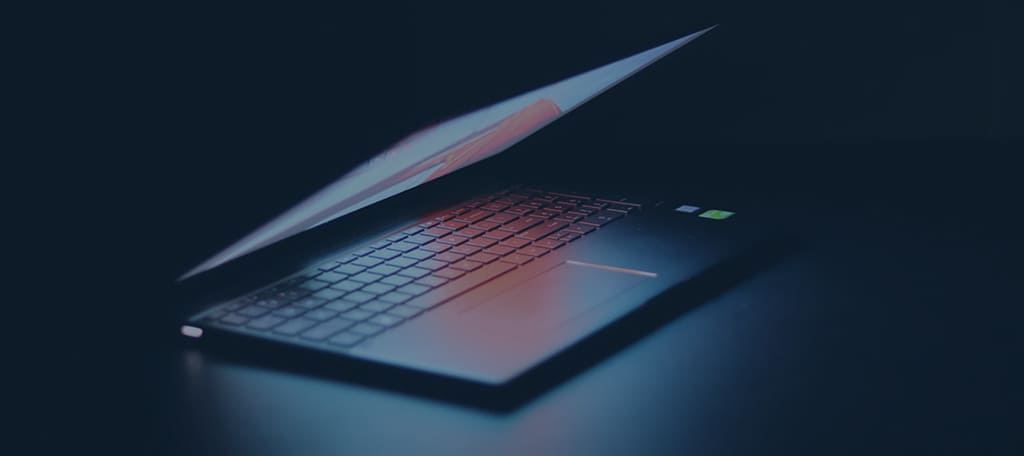How to Clean Your PC from Viruses
If your computer feels sluggish, keeps crashing, or throws strange pop-ups, there’s a good chance you’re dealing with malware. I’m a tech specialist—years of on-site repairs taught me that most users can fix infections with the right steps. Here’s a clear, trustworthy guide to restoring your PC safely.
1. Disconnect from the Internet Immediately
First things first—unplug from the internet. Malware often communicates with remote servers, so disconnecting stops it from spreading or receiving commands. Either disable Wi-Fi or pull the Ethernet cable.
2. Boot into Safe Mode
Safe Mode disables unnecessary software and prevents most malware from running. To enter it:
Windows 10/11: Go to Settings → Update & Security → Recovery → Advanced Startup, then choose Troubleshoot → Advanced options → Startup Settings → Restart, and select Safe Mode with Networking.
Windows 7 and older: Restart and press F8 repeatedly until the Advanced Boot menu appears, then select Safe Mode with Networking.
3. Remove Temporary Files
Clean out temporary files and caches before scanning:
Run Disk Cleanup to delete temporary files and clear space.
This jump-starts performance and may disrupt malware that relies on temp folders.
4. Choose & Run Trusted Scanners
In Safe Mode, update and run at least one antivirus tool:
Let built-in tools like Windows Defender work, but it’s wise to add a second scanner.
Free tools like Microsoft Safety Scanner, Malwarebytes, or Bitdefender Free are strong choices.
5. Clean, Quarantine, or Delete Threats
When malware is detected, you’ll usually have three options:
Clean repairs the file if possible.
Quarantine isolates the file if you’re not sure whether it’s critical.
Delete removes the threat entirely—but only if you’re confident it’s not needed.
Start with ‘clean,’ then quarantine if needed, and delete only when you’re sure.
6. Reboot & Rescan
After cleaning, restart your PC normally (not in Safe Mode) and run another full scan. Confirm that no threats remain before moving on.
7. Shore Up Your Security Post-Cleanup
To keep malware from coming back:
Update your OS, browser, and software. Vulnerabilities in outdated code attract attacks.
- Change passwords, especially if you suspect a breach.
Enable real-time protection and schedule regular scans.
8. When to Seek Professional Help
If symptoms persist despite cleanup—like frequent crashes, performance problems, or recurring pop-ups—a clean install or hands-on tech support may be necessary. Sometimes malware hides deep in the system, damaging files or recovery tools.
MalwarebytesReddit
Community Wisdom
Here are some practical tips from real users who’ve walked this path:
“Start by disconnecting from the Internet to cut off the malware’s supply lines.”
“You can’t always remove modern malware safely—sometimes a clean OS setup is the fastest fix.”
Recap Table
| Step | What to Do |
|---|---|
| 1 | Disconnect from the Internet |
| 2 | Boot into Safe Mode |
| 3 | Run Disk Cleanup to empty temp files |
| 4 | Scan with antivirus and anti-malware tools |
| 5 | Clean, quarantine, or delete detected threats |
| 6 | Reboot and re-scan in normal mode |
| 7 | Update, change passwords, enable protection |
| 8 | Contact a tech pro if issues persist |
Stay calm. Disconnect, reboot in Safe Mode, clean up temporary files, scan with trustworthy tools—and take smart caution with cleaning, quarantining, or deleting files. If it still acts shady, get professional help. Your device isn’t dead yet—and you’ve got this.


